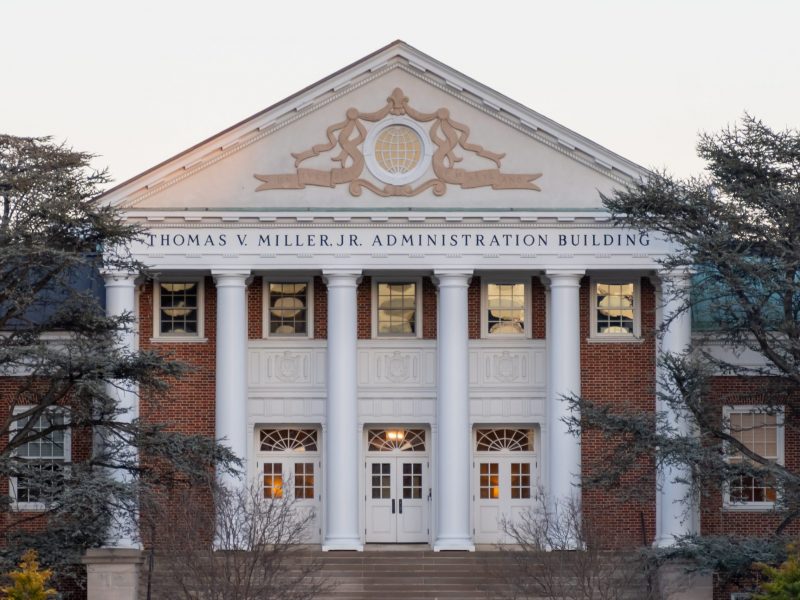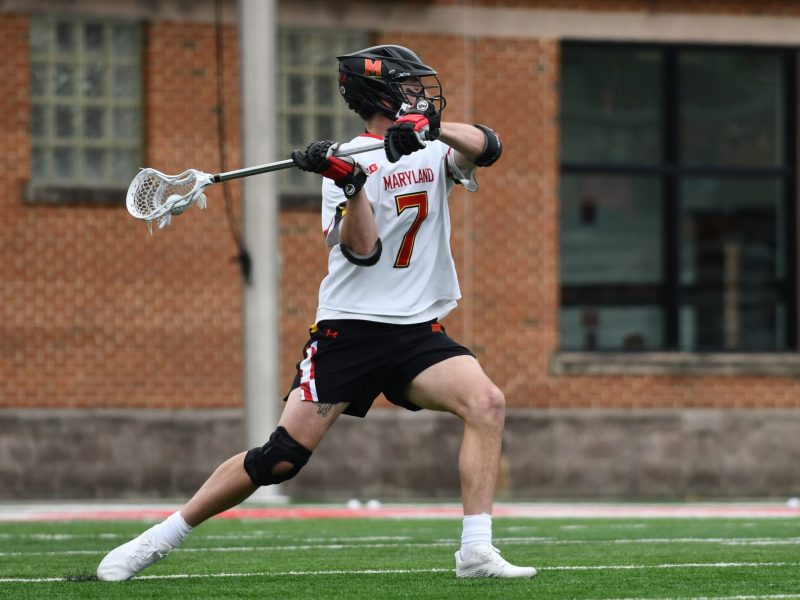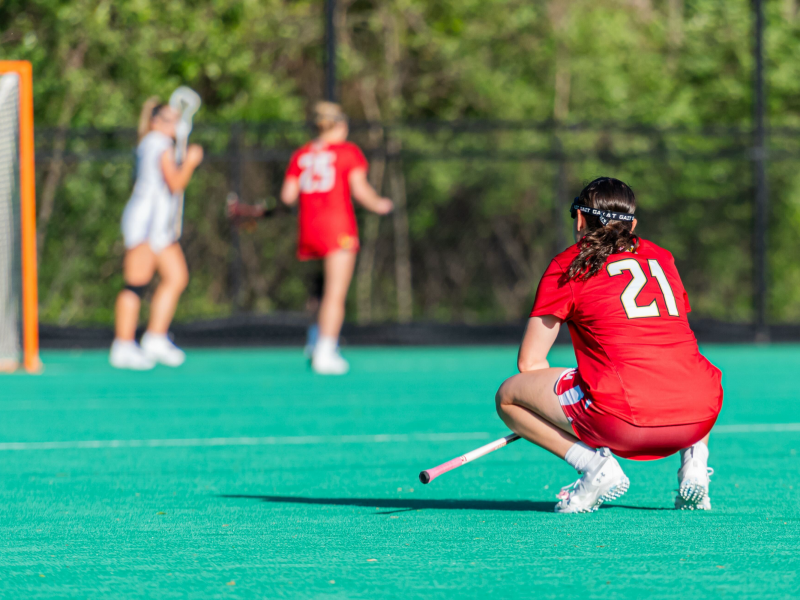
Men are more likely to face sexual abuse before the age of 16. This university’s Sexual Assault Response and Prevention Program included focus on male victims for this year’s Sexual Assault Awareness Month.
Many male students said they find it hard to envision a scenario where a guy wouldn’t be excited about having sex.
“If a guy can get it, he’s happy,” said Dan Mullin, a freshman business and marketing major. “Unless it’s from a guy.”
But those misconceptions about consent are exactly why the university works to address assault among different populations every year. With the help of 1in6, an organization that supports male victims of abuse, the Sexual Assault Response and Prevention Program dedicated several events to male survivors this year in hopes of creating a more welcoming environment for people to come forward and seek help.
This focus was new to many SARPP peer educators such as Neva Bowers.
“Especially since SARPP mainly focuses on violence against women,” said the senior women’s studies major, “it was interesting to learn that many men experience sexual assault before they are 18 years old, which is very different from what I’m used to hearing about women.”
While the majority of sexual assault survivors are women, one in 10 rape victims in 2003 were men, according to a crime victimization study by the U.S. Department of Justice. Additionally, many reports suggest at least 16 percent of boys face sexual abuse before they’re 18.
On April 2, SARPP held a training program for working with male survivors and a preparation course educating students on how bystanders can intervene and help survivors. SARPP also presented a documentary, Boys and Men Healing, to demonstrate the impact of sexual assault on men.
It’s important to encourage a dialogue outside of voluntary events and themed months, said Stephanie Rivero, SARPP peer educator assistant coordinator, but the activities are a start.
“I think a big lesson to take away from these events is to get people to talk about this problem,” Rivero said. “Sexual assault is taboo, and so many people think that it will never happen to them. But a lot of students most likely do know someone who has been impacted, whether they’re aware of it or not.”
The vast majority of sexual assaults go unreported to law enforcement, and many more people tell only friends, family and advocates, research shows.
The story is no different on this campus, where students reported only five sex offenses in 2011 and 10 in each 2010 and 2009.
Michael Kesting, a freshman government and politics major, served on the University Student Judiciary this semester and said he hasn’t heard of any male survivors reporting to the Office of Student Conduct.
However, the university’s sexual assault awareness activities don’t reach many students, Kesting said, because few students want to dwell on the “dark topic.”
“I think bringing it up in UNIV courses is definitely the best way to address it,” Kesting said.
Also during Sexual Assault Awareness Month, SARPP held a study abroad to Italy presentation, summarizing a spring break trip to Rome and Sicily in which students and staff led a comparison study to evaluate victim resources in Italy to those in this state.
In addition, an improv play Wednesday by Catharsis Productions, Sex Signals, involved the audience in discussions about sexual violence and gender stereotypes. Programming continues this week with the SlutWalk, a march to encourage solidarity for sexual assault victims, on Thursday.
It’s important for the university to keep up strong messages about assault, as college campuses present more risks than other environments, said Sacared Bodison, University Health Center director.
“The age group and the college environment, where it’s a rite of passage to drink as much as possible, easily leads to these sorts of unfortunate situations occurring,” she said. “People don’t always use the best judgment in those circumstances, and things get out of hand.”


